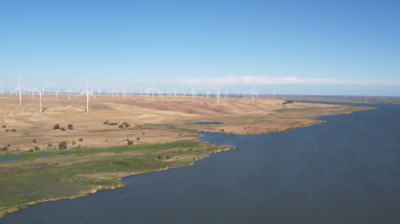Study: 2nd Transbay Rail Crossing Offers Major Economic Benefits
Building a second transbay rail crossing would have enormous economic benefits for the Bay Area, according to a new report the Bay Area Council Economic Institute released Tuesday (Jan. 10). From easing congestion that strangles productivity to supporting local economic development and job creation, a second transbay rail transit crossing would improve the transportation connections that are the lifeblood of a Bay Area economy that ranks as the 23rd largest in the world.
The report examines BART’s astounding ridership surge over the past decade, the system’s immense importance to the region’s economy and the fast-approaching limits of the existing transbay tube to accommodate ridership growth between the East Bay and San Francisco that is outpacing the system overall. The 28,000 riders per hour that currently make the transbay trip during peak commute times exceeds BART’s stated capacity of 22,700 passengers.
The economic benefits of a second transbay transit crossing would ripple across the region, including providing greater access to jobs and affordable housing and new mixed-use, transit‐oriented communities. Relieving pressure on the current transbay tube would translate into significant productivity gains for workers and better access for employers to the region’s overall labor force, the report states. Citing a 2002 study, the Economic Institute report estimates that a second transbay crossing could reduce commute times for up to 80,000 riders by as much as 40 minutes per day. The report says construction alone would very conservatively generate $18 billion in economic activity.





